 |
|
||||||
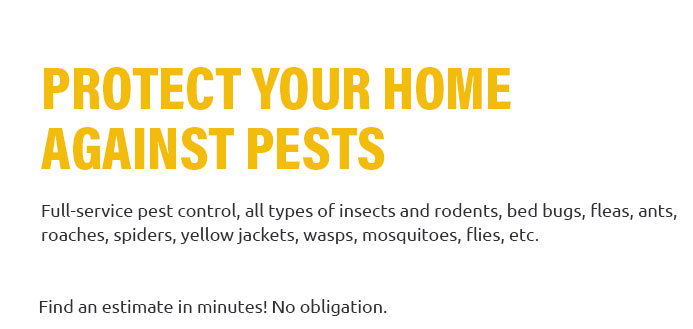 |
 |
 |
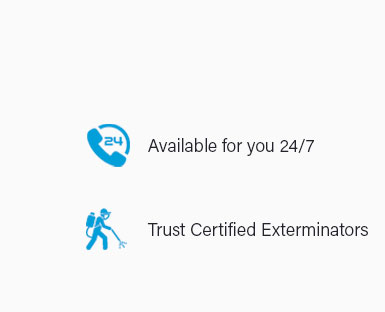 |
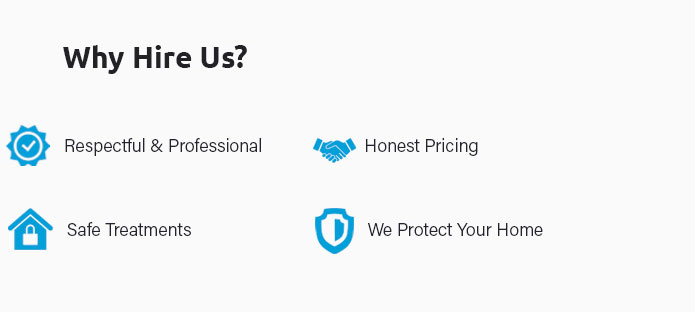 |
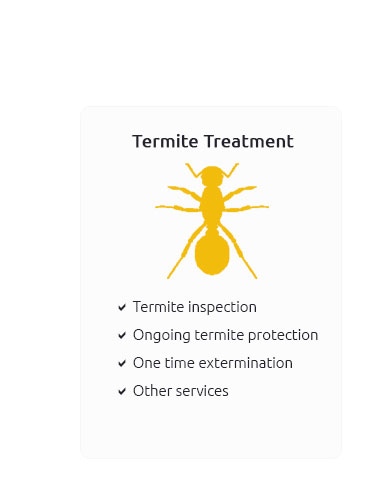 |
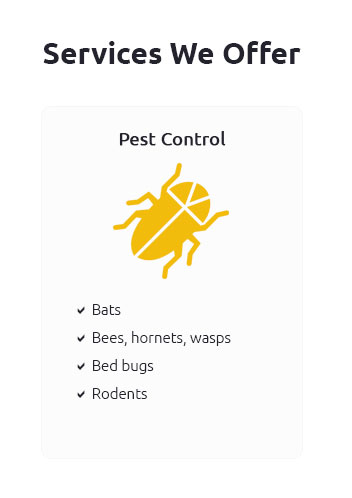 |
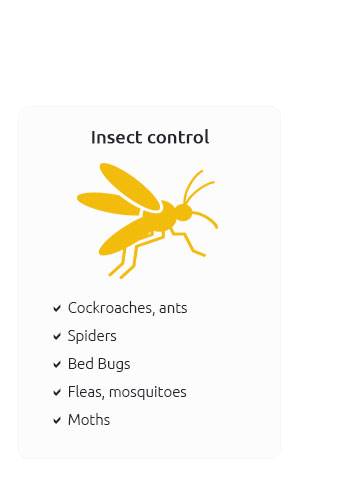 |
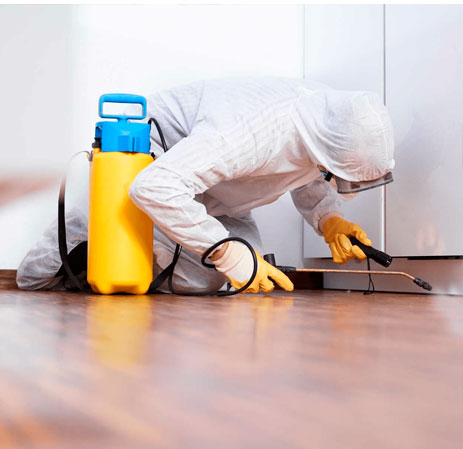 |
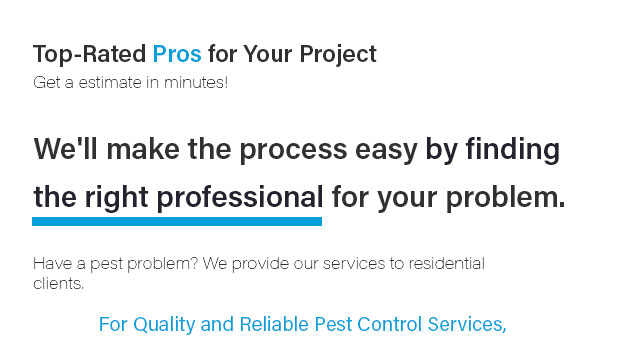 |
 |
 |
 |
Understanding Yellow Jacket Nest Removal: Expert Tips and AdviceWhen the vibrant hum of summer is punctuated by the unmistakable buzz of yellow jackets, it's time to consider the implications of these unwelcome guests. Nestled in tree branches, tucked away in the eaves of roofs, or even hidden underground, yellow jacket nests present a challenge to homeowners who value both their personal safety and the sanctity of their outdoor spaces. The removal of these nests is not merely a matter of convenience; it's an essential step to ensure a safe environment for all. Understanding the complexities involved in yellow jacket nest removal can make a significant difference in managing these formidable insects. Yellow jackets, with their striking yellow and black patterns, are often mistaken for bees. However, their aggressive nature and tendency to swarm make them a more formidable adversary. Unlike bees, which can only sting once, yellow jackets can sting multiple times, a fact that underscores the importance of dealing with nests promptly and effectively. Before embarking on the task of nest removal, it's crucial to have a plan in place that prioritizes safety and efficiency. One of the first considerations is timing. Yellow jackets are most active during the day, especially in the late summer and early fall when their populations peak. Therefore, the best time to attempt removal is during the cooler, early morning or late evening hours when the wasps are less active. Ensuring that you are dressed appropriately is another vital precaution. Thick clothing, gloves, and protective eyewear can prevent painful stings, making the task much more manageable. There are several methods available for removing yellow jacket nests, each with its own merits and challenges. Insecticidal sprays are widely used and can be highly effective when applied directly into the nest opening. However, care must be taken to follow the instructions meticulously to avoid unintended harm to other beneficial insects or the environment. For those who prefer a more natural approach, homemade solutions such as a mixture of water and dish soap can suffocate the insects when applied directly to the nest. While these methods may be less immediate than chemical options, they offer a more environmentally friendly alternative. In cases where the nest is located in a difficult-to-reach area, or if the infestation is particularly large, seeking professional pest control services is advisable. These experts have the experience and equipment necessary to handle even the most challenging situations safely and effectively. The peace of mind offered by professional services is often well worth the cost, especially when considering the potential risks of tackling a large nest on your own. Preventing future infestations is an essential component of nest removal. Yellow jackets are attracted to food sources, so keeping outdoor areas clean and free of food debris is crucial. Secure trash cans and remove fallen fruits from around trees to minimize attractions. Regularly inspecting your property for early signs of nest building can also help nip potential problems in the bud, making future encounters less likely. Ultimately, the key to successful yellow jacket nest removal lies in understanding the behavior and biology of these insects, coupled with a strategic approach to their eradication. Whether opting for a DIY solution or enlisting the help of professionals, the goal remains the same: to reclaim your outdoor spaces and enjoy them without the threat of yellow jacket intrusions. FAQ
https://diypestcontrol.com/yellowjackets.htm?srsltid=AfmBOop4qep0BNmfvaNLvdVtV2E_lBKsbm42RKjJU4X-pN-hvDfQWib1
This article will teach you how to identify Yellow Jackets, how to get rid of a yellow jacket nest, and how to prevent them from starting a new colony in the ... https://www.reddit.com/r/howto/comments/2csa94/any_pest_control_people_out_here_yellow_jacket/
As close to night as possible, I grab a broom stick and a hose. Knock it down with the broom stick, destroy nest with hose. Once their wings get wet they don't ... https://www.quora.com/Can-you-get-rid-of-yellow-jacket-nests-yourself-without-professional-help
Dish soap in a sprayer to kill them. It stops them from being able to breathe. I am always going to say use diatomacious earth. Sprinkle it on ...
|



